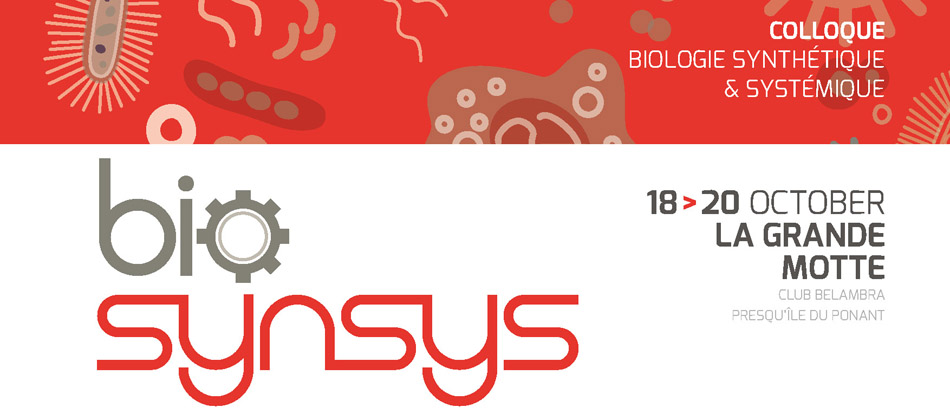Flavonoids belong to a large family of compounds found in plants. This family is an important source of new drugs and nutraceuticals because of their antioxidant, antiviral, antibacterial, anticancer and immunosuppressive activities. For efficient and sustainable production, bacterial biosynthesis of flavonoids is a promising alternative to plant-based production. Two specific flavonoids, naringenin and pinocembrin, have antibacterial activities directed against Gram-positive bacteria and can be used as precursors for the synthesis of a large number of flavonoid derivative compounds.
Within the framework of the ANR MEM (Metabolic Engineering Machine) with the Bio-RetroSynth team (J.L. Faulon, INRA) and the Abolis spin-off (Evry), we aim to synthesize antibacterial compounds derived from the pinocembrin and naringenin precursors using the DBTL (Design – Built – Test – Learn) strategy. Our contribution in this project focus on i) the construction of adapted chassis for flavonoid production and ii) the setup of effective screening methodologies to quantify flavonoid yields and evaluate their toxicity against Gram-positive bacteria.
One method is based on existing biosensors to rapidly screen and select efficient producing strains with implemented pathways for naringenin and pinocembrin biosynthesis. The second method is a toxicity assay against the Gram-positive bacterium Bacillus subtilis, which is used to evaluate the antibacterial activity of the flavonoids.
We obtained a detection threshold at 15 g.L-1 of flavonoid using the biosensor-based method. The toxicity assays show a 50% decrease of the growth rate of B. subtilis at 100 mg.L-1 and 40 mg.L-1 of naringenin and pinocembrin respectively.
Furthermore, we will carry out evolution experiments to isolate resistant B. subtilis against flavonoids, and understand the mode of action of such compounds.

 PDF version
PDF version
